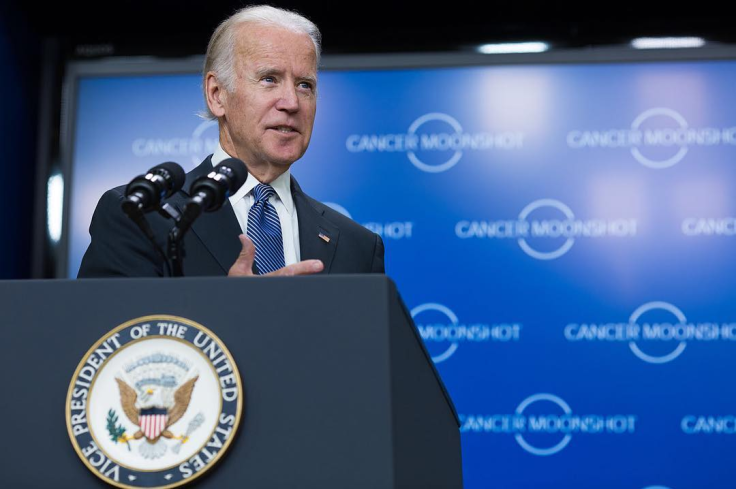Transcript Withholding Lifted: New Federal Regulations Transform Higher Education Oversight and Accountability
ByThe landscape of U.S. higher education governance and student protections fundamentally shifted this month as second-generation federal regulations went into effect on July 1. Both have already stirred up legal challenges and implications quite likely to roil the sector for years to come.

Expanding Overtime Eligibility and Its Impact on College Campuses
One of the significant changes involves broadening the criteria for overtime eligibility, impacting employees in diverse sectors, including higher education. Previously exempt employees earning less than $43,888 annually are now eligible for overtime pay, with further increases scheduled for the future. This adjustment, initially aimed at benefiting approximately one million workers, has raised concerns among colleges and universities about its financial implications.
For college campuses, nearly 11,000 employees are affected immediately, with an estimated 59,000 more impacted by the next threshold increase in January 2025. The move has prompted institutions to consider restructuring employee classifications or adjusting salaries to comply. However, opposition from groups like CUPA-HR underscores concerns about potential tuition hikes and workforce reductions, particularly in institutions with limited financial resources.
Strengthening Oversight of Career Education Programs
Another significant regulatory change targets for-profit colleges and non-degree programs, enforcing stricter accountability measures under the gainful employment rule. This rule mandates that programs demonstrate graduates' ability to manage debt payments and earn sufficient incomes or risk losing federal financial aid eligibility. Institutions failing these criteria must disclose program-specific data, including total costs and loan disbursements, by October 1, 2026.
The measure, supported as essential for protecting students, represents the federal government's third attempt to regulate career-oriented education outcomes. Legal challenges, such as those from the American Association of Cosmetology Schools, highlight ongoing disputes over the rule's impact and legality, underscoring its potential to reshape educational accountability frameworks.
Ban on Transcript Holds and Enhanced Student Loan Benefits
In a move aimed at student consumer protections, federal regulations now prohibit colleges from withholding transcripts due to unpaid debts funded by federal aid. This policy change aims to facilitate seamless credit transfer and access for approximately six million students affected annually. The ban accompanies broader revisions to program participation agreements, further reinforcing student rights and institutional obligations.
Additionally, the Biden administration's Saving on a Valuable Education (SAVE) initiative introduces enhanced benefits under income-driven repayment plans. These changes, recently upheld after legal challenges, significantly reduce monthly payments and streamline debt forgiveness processes for millions of borrowers. Despite legal setbacks in some jurisdictions, the program stands poised to alleviate financial burdens on student loan holders nationwide.
Legal Challenges and Future Outlook
Despite these ambitious reforms, the regulatory landscape remains uncertain amid ongoing legal battles and political dynamics. Recent decisions by the Supreme Court regarding federal agency authority and ongoing legal disputes over regulations like overtime eligibility and gainful employment highlight the uncertain status of these reforms. Future court rulings and the upcoming presidential election could continue to impact how these regulations are implemented and sustained, affecting both universities and students.
The recent federal regulations mark a pivotal moment in higher education policy, introducing sweeping changes intended to bolster accountability, enhance student protections, and expand economic opportunities for campus workers. However, their ultimate impact hinges on legal interpretations and political developments, highlighting the complex interplay between regulatory oversight, institutional autonomy, and student welfare in the modern educational landscape.
© 2026 University Herald, All rights reserved. Do not reproduce without permission.








